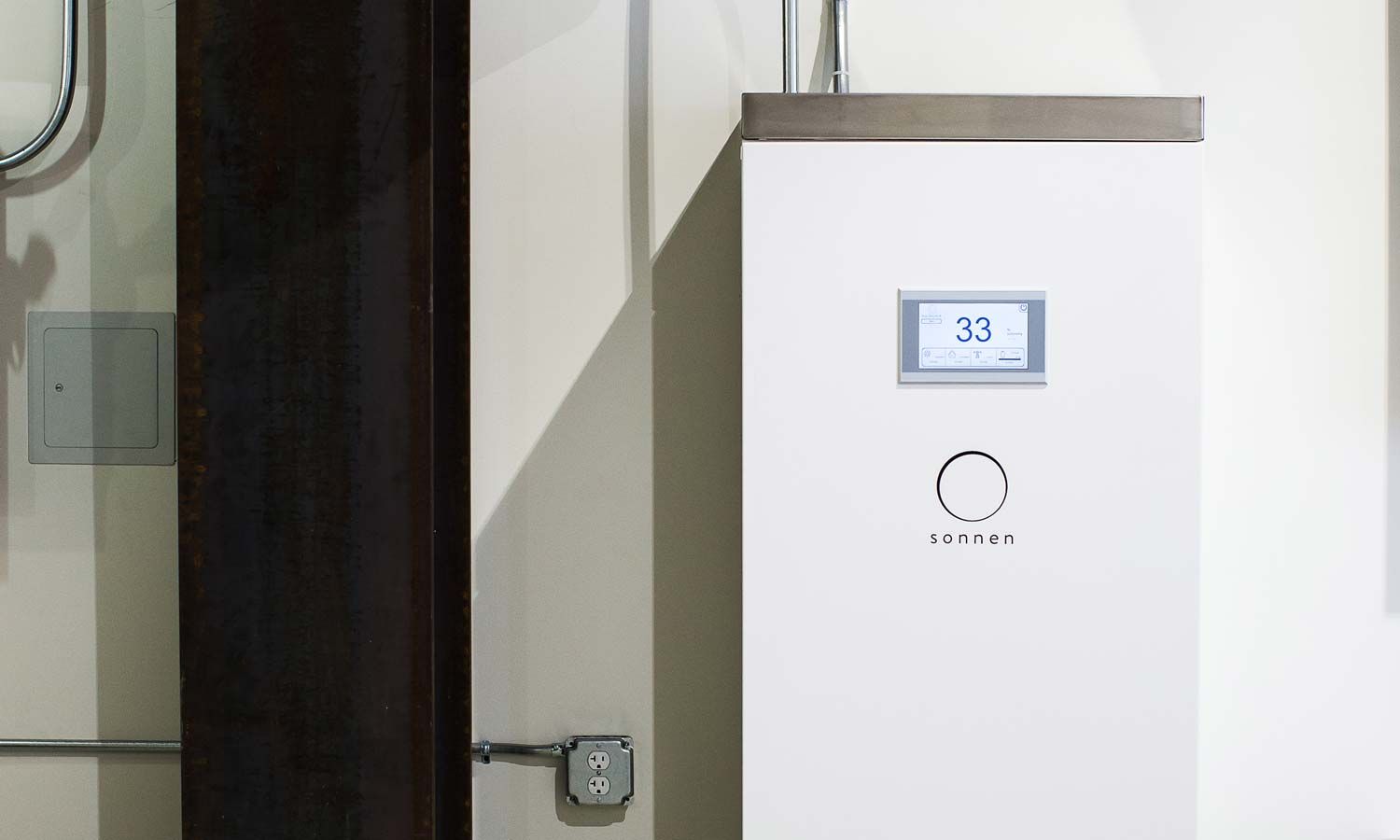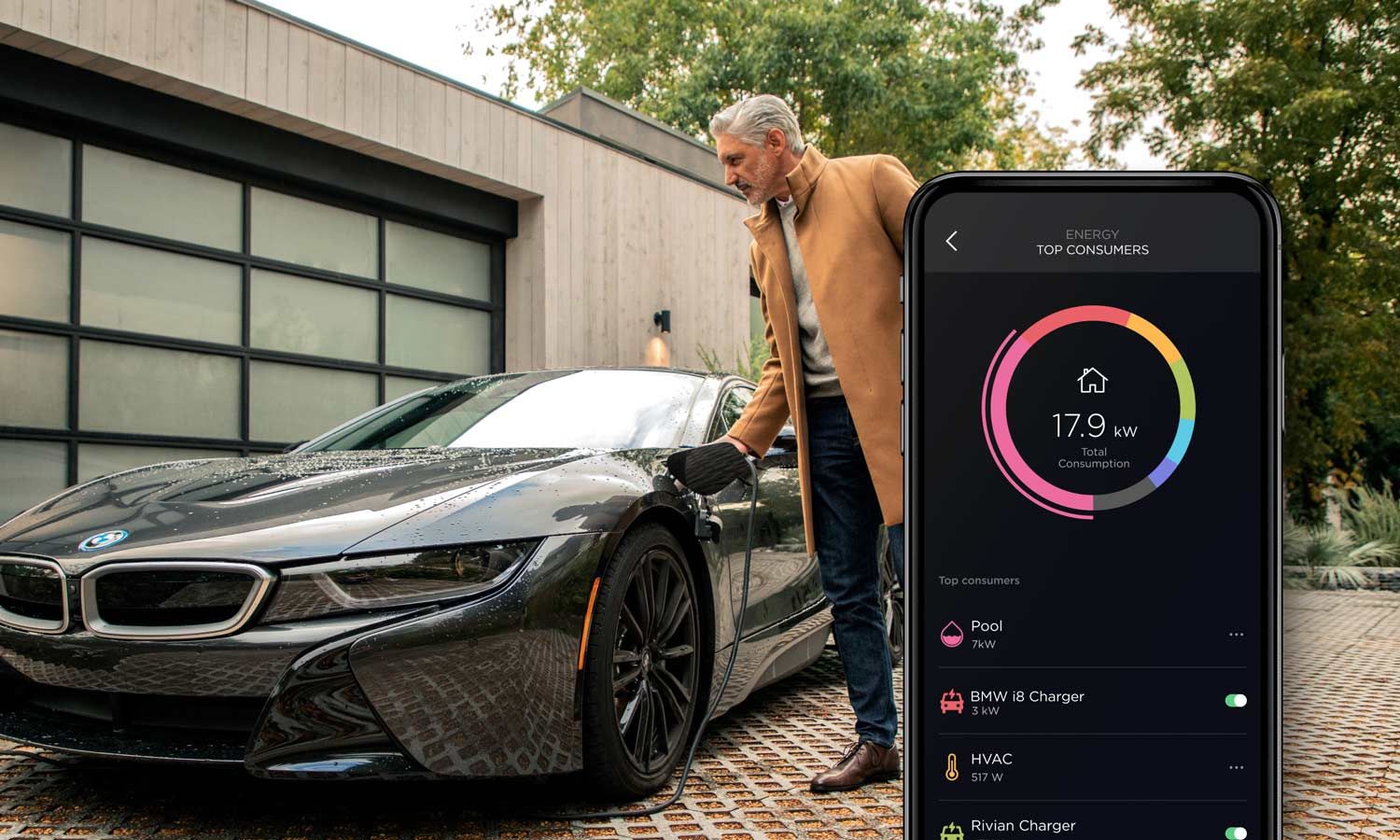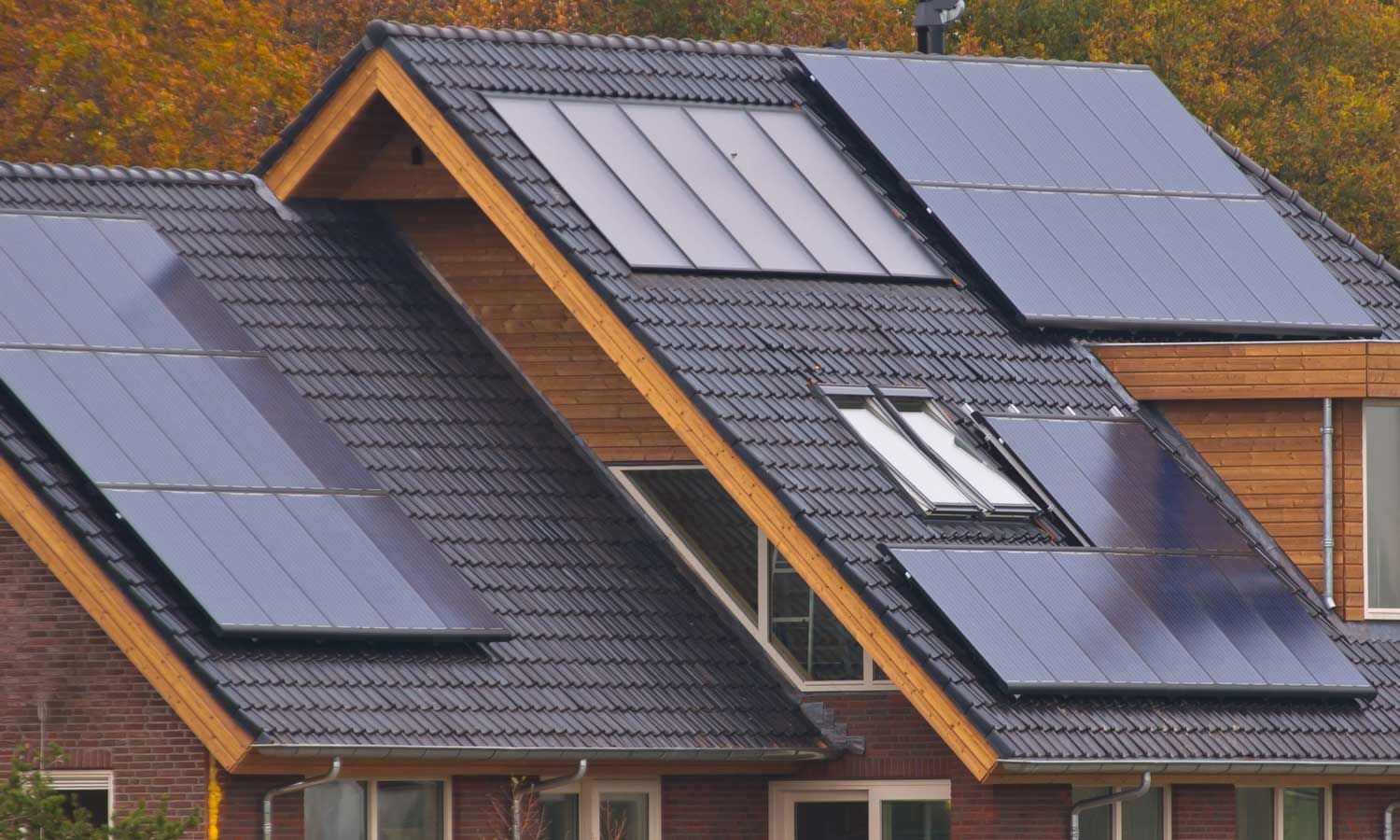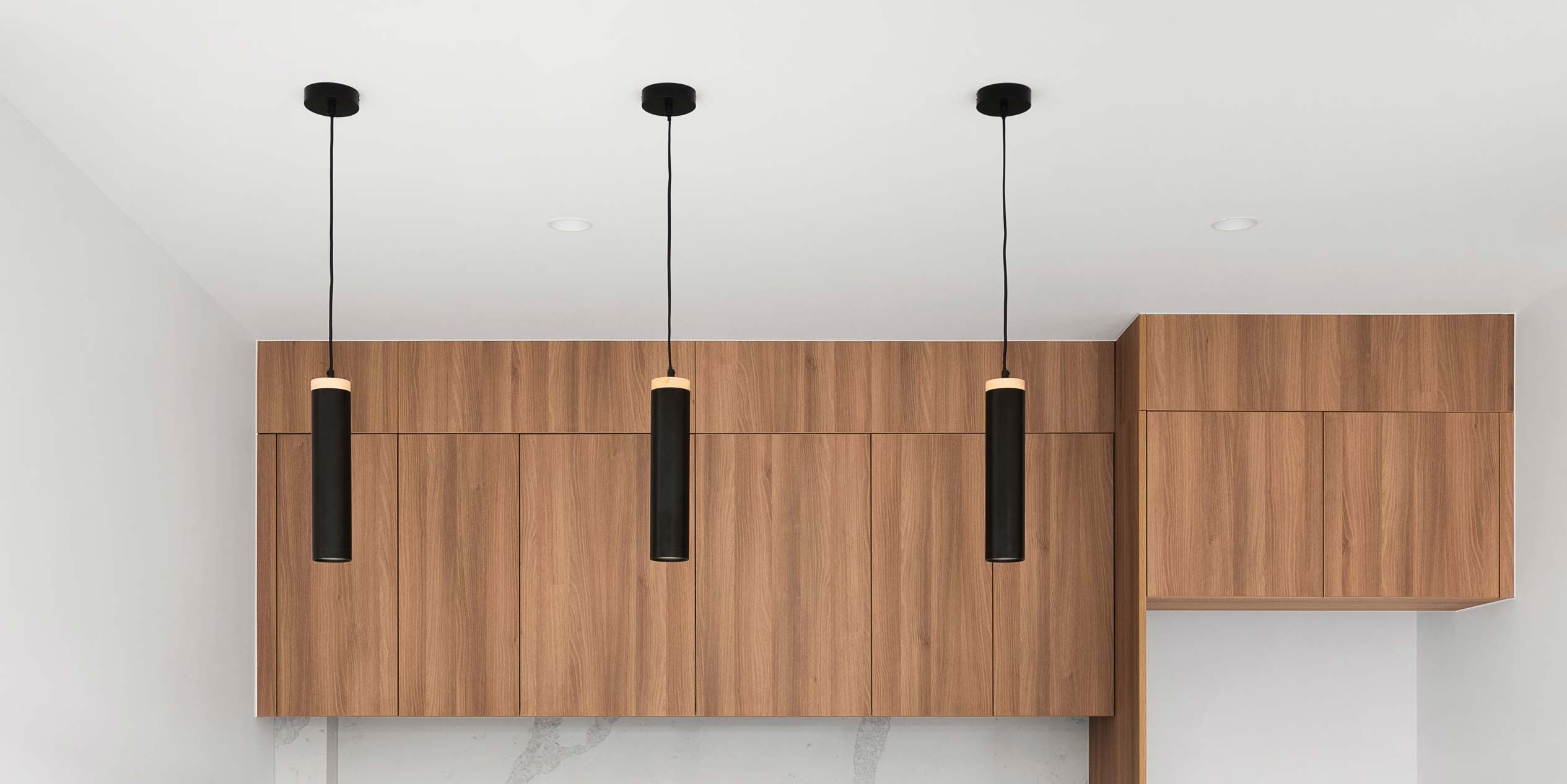
Energy Automation
Investing in a home energy automation system can result in significant energy savings, reduce your carbon footprint, and increase the comfort and convenience of your Edmonton living space.
Energy Automation
Investing in a home energy automation system can result in significant energy savings, reduce your carbon footprint, and increase the comfort and convenience of your Edmonton living space.
What is an energy management system?
An energy automation system helps Edmonton homeowners monitor, control, and optimize their energy usage. It can integrate with various building systems, such as HVAC, lighting, and renewable energy sources, to provide a comprehensive approach to energy management.

Home Automation System
An energy management system can work seamlessly with home automation systems, enabling users to remotely control and monitor energy usage through smart devices and platforms.

Controllable Breakers
Controllable breakers provide remote monitoring and management of electrical loads in a building, optimizing energy usage and reducing energy costs through automated control of electrical circuits.

Intelligent Energy Storage
Intelligent energy storage uses real-time data monitoring and analysis to ensure the efficient use of renewable energy sources and provide reliable backup power during peak demand periods or grid outages.

Renewable Energy Sources
Integrate solar, wind, or geothermal energy systems to optimize energy consumption and reduce reliance on grid power, resulting in lower energy costs and a smaller carbon footprint.
Sonnen EcoLinx
What is part of an energy management system?
An energy management system comprises various components, such as storage systems, energy panels, lighting control, motorized shades, and more, that work together to manage and optimize energy usage.

Energy Storage System
Reduce reliance on the grid by efficiently storing excess energy generated from your renewable sources during low-demand periods.

Savant Power
Energy Panel
Easy-to-use energy management dashboards provide a real-time overview of energy usage and costs in a building, helping users to identify areas of inefficiency and optimize energy consumption.

Renewable Energy Source
Renewable energy sources, such as solar, wind, and geothermal, provide a clean and sustainable source of energy for a building.

Lighting Control
Lighting control plays a pivotal role in an energy management system by making use of light more efficient and reducing energy consumption. By using sensors, timers, and dimmers, lighting control can automatically adjust lighting levels based on occupancy, natural light, and time of day, resulting in significant energy savings.

Shade Control
Motorized shades are an essential component of an energy management system as they can regulate the amount of sunlight entering a building, reducing the need for artificial lighting and lowering energy consumption. By integrating with sensors and automated controls, motorized shades can adjust based on the time of day and changing light conditions, improving energy efficiency.

Climate Control
Heating and cooling systems account for a significant portion of a building's energy consumption. By using intelligent controls, smart thermostats, and occupancy sensors, a climate control system can optimize heating and cooling operations based on occupancy, weather conditions, and time of day.
Controllable Breakers
Controllable breakers enable the remote monitoring and management of electrical loads in a building. By providing real-time data on energy consumption and allowing for automated control of electrical circuits, controllable breakers can help optimize energy usage, prevent equipment damage, and reduce the risk of electrical system failures.

Audio / Video Systems
Audio and video systems can be integrated into an energy management system to allow for more efficient use and management of energy resources in a building.
Why Do I Need It?
Predictive Weather Response
Energy automation systems can use predictive weather response to optimize energy usage and reduce costs in your Edmonton, Sherwood Park, or St. Albert home. By integrating with weather data and forecasting models, smart energy systems can adjust heating, cooling, and lighting systems in advance of predicted weather events to minimize energy waste and maintain a comfortable indoor environment.
Predictive weather response can also be used to inform energy storage and renewable energy generation systems, allowing for optimal utilization of available resources and reducing dependence on grid power during extreme weather events.
Predictive weather response can also be used to inform energy storage and renewable energy generation systems, allowing for optimal utilization of available resources and reducing dependence on grid power during extreme weather events.
Why Do I Need It?
Responsive Load Control
Responsive load control allows for the automated adjustment of energy usage based on demand and supply conditions. By using smart energy controls and sensors, energy automation systems can automatically adjust lighting, HVAC, and other electrical loads in response to grid conditions and peak demand periods, reducing energy costs in your Sherwood Park home and avoiding grid congestion.
Responsive load control can also be used to manage high-energy devices, ensuring that energy usage is optimized and reducing the risk of equipment damage.
Responsive load control can also be used to manage high-energy devices, ensuring that energy usage is optimized and reducing the risk of equipment damage.
Why Do I Need It?
Dynamic Battery Backups
Dynamic battery backups provide reliable backup power during grid outages and periods of high demand. By integrating with battery storage systems, energy management systems can automatically adjust energy usage during peak periods and ensure that backup power is available when needed.
Dynamic battery backups can also be used to provide grid services, such as frequency regulation and load balancing, improving the stability and reliability of the energy system.
Dynamic battery backups can also be used to provide grid services, such as frequency regulation and load balancing, improving the stability and reliability of the energy system.
Get in Touch Today
Don't wait to start saving money and reducing your environmental impact. Reach out today to learn more about how an energy management system can help you achieve your energy goals and create a more sustainable and efficient living or working environment.





